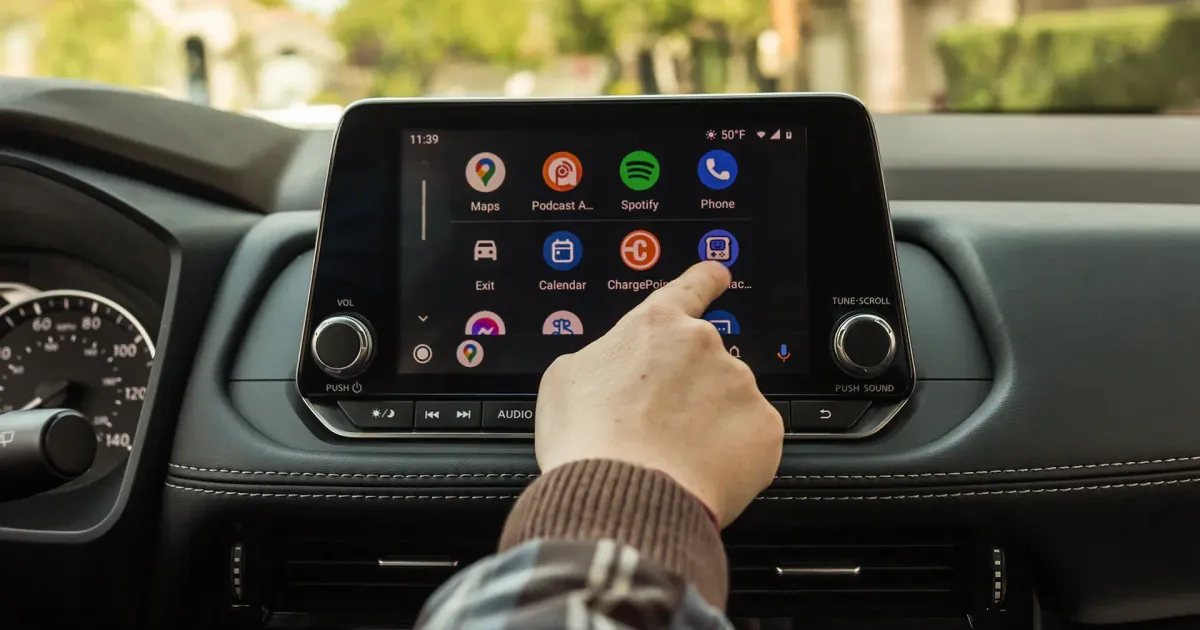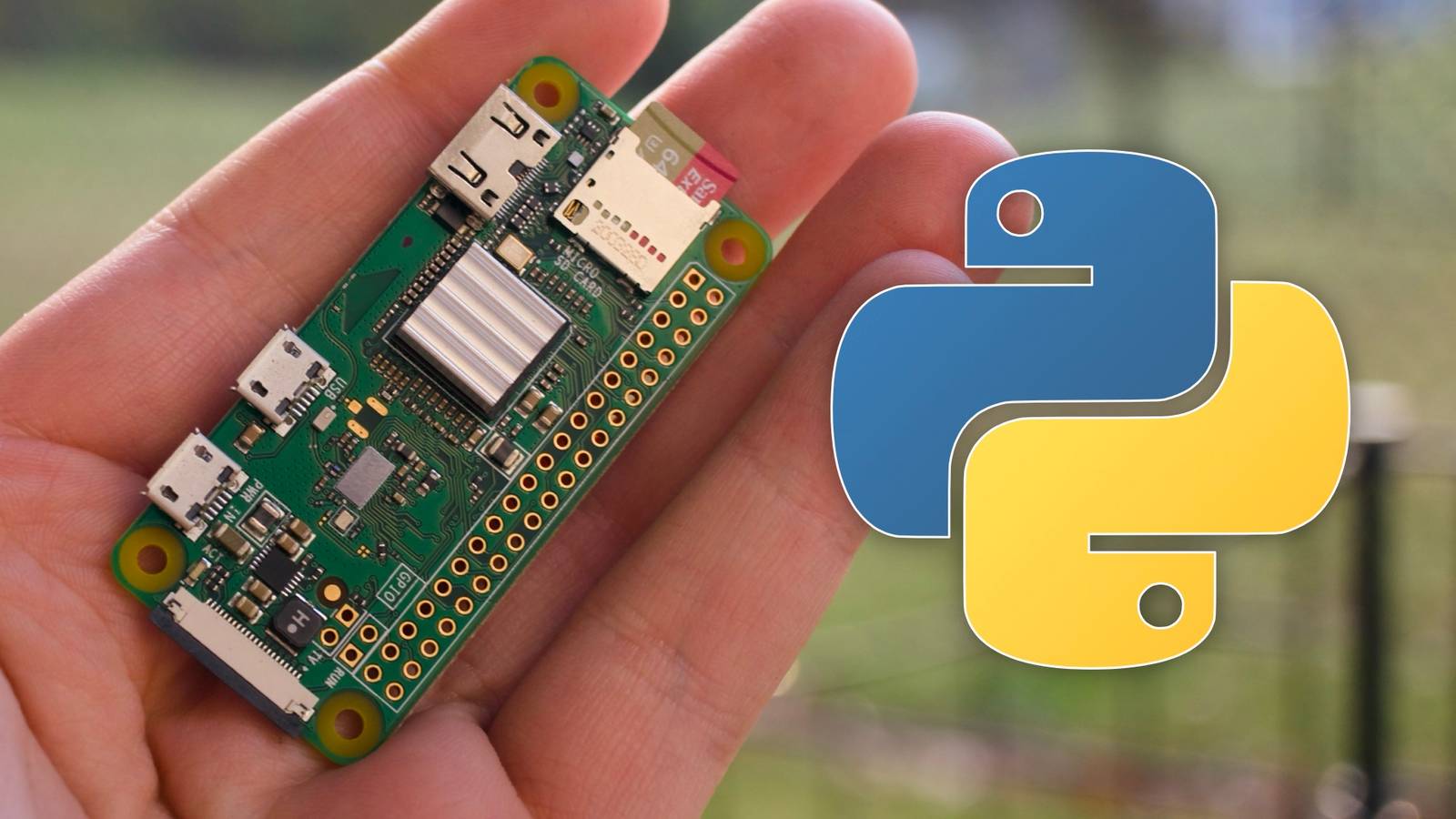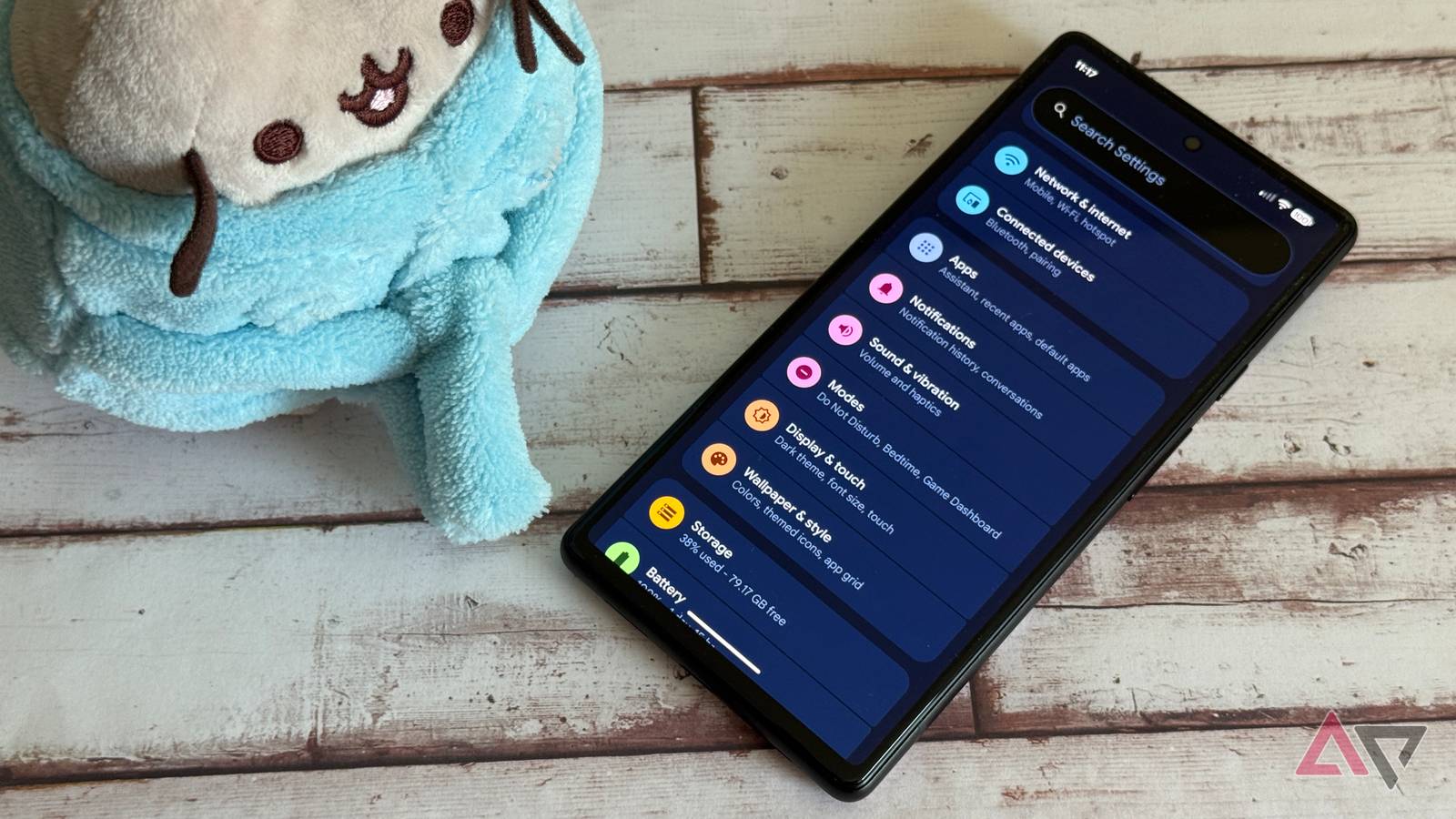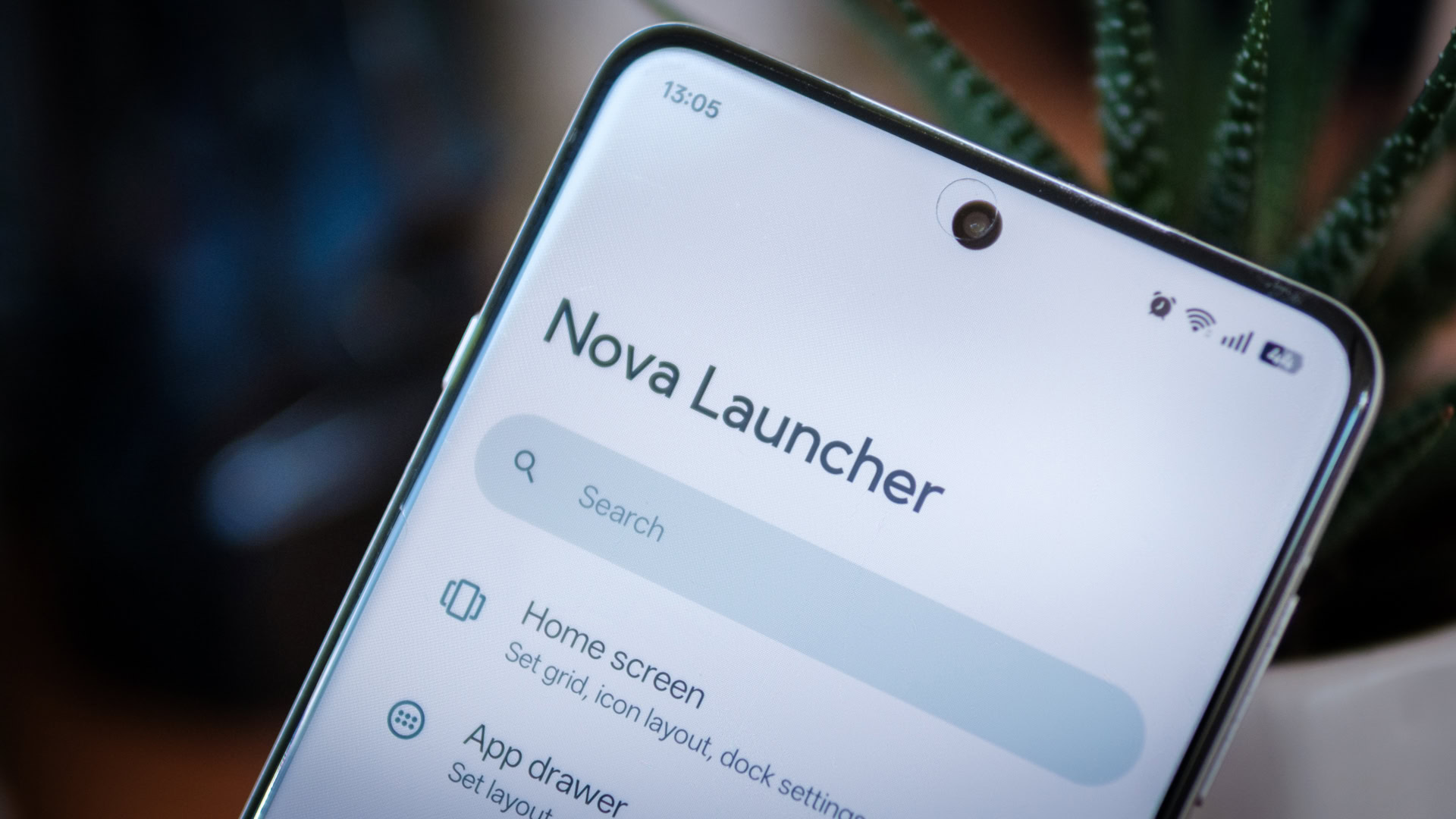Unlock Developer Mode – and Don’t Be Afraid
Few users know that Android Auto has a developer mode. It’s a bit like discovering a secret passage in your own house. Once enabled (tap Version ten times in the app), you gain access to experimental features – some useful, some quirky.
Personally, I leave this enabled in my car because it allows me to adjust performance, check data usage, and even control themes in a way that standard settings don’t allow. Of course, a little caution is necessary: some features can behave unpredictably.
Wireless Android Auto: practical but sneaky
Wireless Android Auto is convenient, but I noticed my phone drains more quickly on long drives when it’s on. If you usually connect via USB, turning off wireless mode can make a big difference. You’ll get a more stable connection and a cooler phone, which is important when traffic is heavy.
For me, it’s one of those small changes that you barely notice – until you forget to do it and see the battery percentage drop 20 points in 30 minutes.
Cut background data without breaking anything
Some developer features like Save Audio and Save Video silently use your data. They are intended for testing, but for daily drivers they are not necessary.
Disabling them can reduce background data usage and sometimes even improve app performance. It’s a small adjustment, but over the months of commuting it adds up.
Cards that don’t hurt the eyes
I can’t be the only one who squints at stark white maps during a nighttime commute. Android Auto lets you manually select Day or Night mode for your maps. Some cars can change automatically depending on the light, but if not, the manual adjustment is worth the 30 seconds.
Personally, I prefer Night mode. It’s easier on the eyes and the interface feels less like a glowing billboard and more like a part of the car.
Music that picks up where you left off
Few features are as satisfying as auto-resume playback. Start your car and your podcast, playlist or audiobook picks up exactly where it left off. No phone manipulation, no repeated ads, just smooth continuation.
If you’re like me and make multiple stops during a trip, this change alone makes Android Auto almost intuitive, like it’s paying attention to your habits.
Notifications that don’t distract
I’ve seen people get bombarded with notifications while driving. Android Auto lets you control exactly what appears: messages, group chats, or AI summaries.
I turn off the read aloud option for personal messages. The AI is smart, but it doesn’t need to narrate every group chat as I drive down the highway.
It’s a small adjustment, but it significantly reduces mental clutter. Safer driving, less stress — and you always get the information you need.
Start Android Auto even when locked
This one is a double-edged sword. Android Auto can start when your phone is locked, which is handy for hands-free setups. On the other hand, this slightly reduces security: someone could access the applications through your car’s system.
For solo drivers or family cars, this is a nice convenience. For shared cars, maybe not. The key is to understand the trade-off – something most guides don’t mention.
Customize your launcher
The launcher is the Android Auto home screen. By default, it guesses which apps you use the most. I like taking control: rearranging apps, deleting ones I never touch, and even adding Assistant shortcuts.
Final Thoughts
Android Auto is more than a digital dashboard; it’s a silent assistant that can make driving more comfortable, safer and even enjoyable, if you take a few minutes to adjust it. The adjustments above are subtle but significant, and the best part is that they are easy to implement.
Key takeaways
- Developer mode unlocks hidden customization options.
- Wireless Android Auto can drain the battery; USB is more stable.
- Disable unnecessary audio/video backups to reduce data consumption.
- Manage notifications and maps for greater convenience and security.
- Rearrange launcher apps and shortcuts to suit your driving habits.










